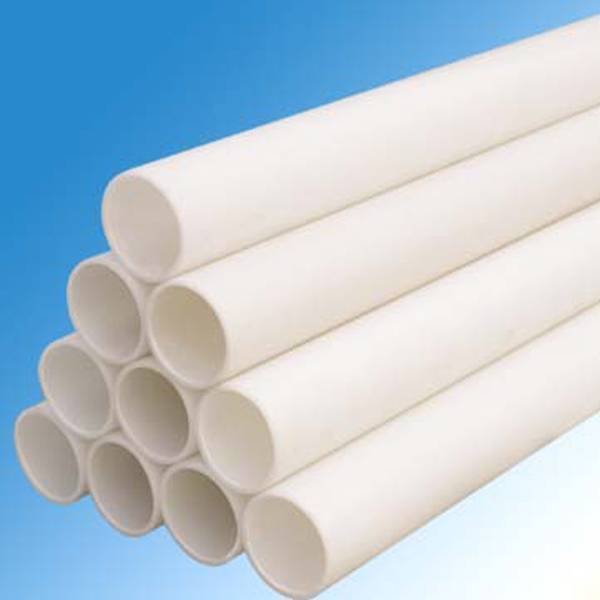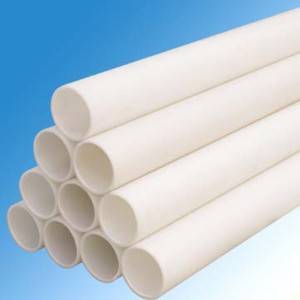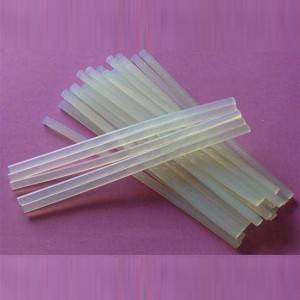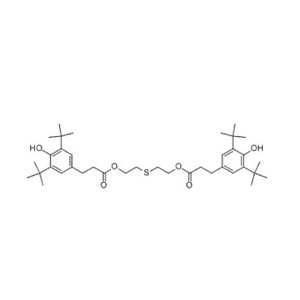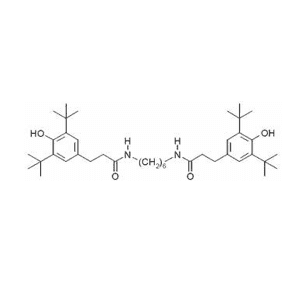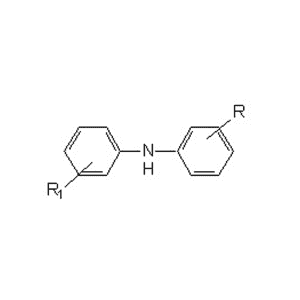Antioxidans
Der Polymeroxidationsprozess ist eine Kettenreaktion radikalischer Natur. Kunststoff-Antioxidantien sind Substanzen, die aktive Radikale einfangen und inaktive Radikale erzeugen oder die im Oxidationsprozess entstehenden Polymerhydroperoxide zersetzen können. So wird die Kettenreaktion beendet und der Oxidationsprozess von Polymeren verzögert. Dadurch kann das Polymer reibungslos verarbeitet und die Lebensdauer verlängert werden.
Produktliste:
| Produktname | CAS-NR. | Anwendung |
| Antioxidans 168 | 31570-04-4 | ABS, Nylon, PE, Polyester, PP, PU |
| Antioxidans 626 | 26741-53-7 | PE-Folie, Band oder PP-Folie, Band oder PET, PBT, PC und PVC |
| Antioxidans 1010 | 6683-19-8 | ABS, PE, PP, PVC, Elastomer, Polyester |
| Antioxidans 1035 | 41484-35-9 | ABS, PE, PP, PUR, PVA, Elastomer, LXPE |
| Antioxidans 1076 | 2082-79-3 | PP, PE, ABS, PU, PS, Elastomer |
| Antioxidans 1098 | 23128-74-7 | Elastomer, PA, PU |
| Antioxidans 1135 | 125643-61-0 | PV-Weichblockschäume |
| Antioxidans 1330 | 1709-70-2 | PVC, Polyurethane, Elastomere, Klebstoffe |
| Antioxidans 1520 | 110553-27-0 | BR, NBR, SBR, SBS |
| Antioxidans CA | 1843-03-4 | PP, PE, PVC, PA, ABS-Harz und PS. |
| Antioxidans 3114 | 27676-62-6 | Elastomer, Polyester, PA, PE, PP, PU |
| Antioxidans MD1024 | 32687-78-8 | Elastomer, Nylon, PE, PP |
| Antioxidans 5057 | 68411-46-1 | Polyurethanschäume, Elastomere und Klebstoffe |
| Antioxidans 1726 | 110675-26-8 | Schmelzklebstoffe SBS,SIS |
| Antioxidans 565 | 991-84-4 | BR, IR, SBR, NBR, SIS |
| Antioxidans 245 | 36443-68-2 | HIPS, ABS, MBS, POM, PA |
| Antioxidans HP136 | 164391-52-0 | PP, PE, PC |
| Antioxidans DSTDP | 693-36-7 | ABS, PA, PP, PE, PET |
| Antioxidans DLTDP | 123-28-4 | ABS, PA, PP, Polyester, PE |
| Antioxidans 1425 | 65140-91-2 | Polyolefin und sein Copolymer |
| Antioxidans 697 | 70331-94-1 | PE, PP, PS, Polyester, EPDM, EVA und ABS |
| Antioxidans 264 (BHT) | 128-37-0 | PVC, PE, Gummi |
| Mischungen | B215, B220, B225, B900 | |
Schreiben Sie hier Ihre Nachricht und senden Sie sie an uns


